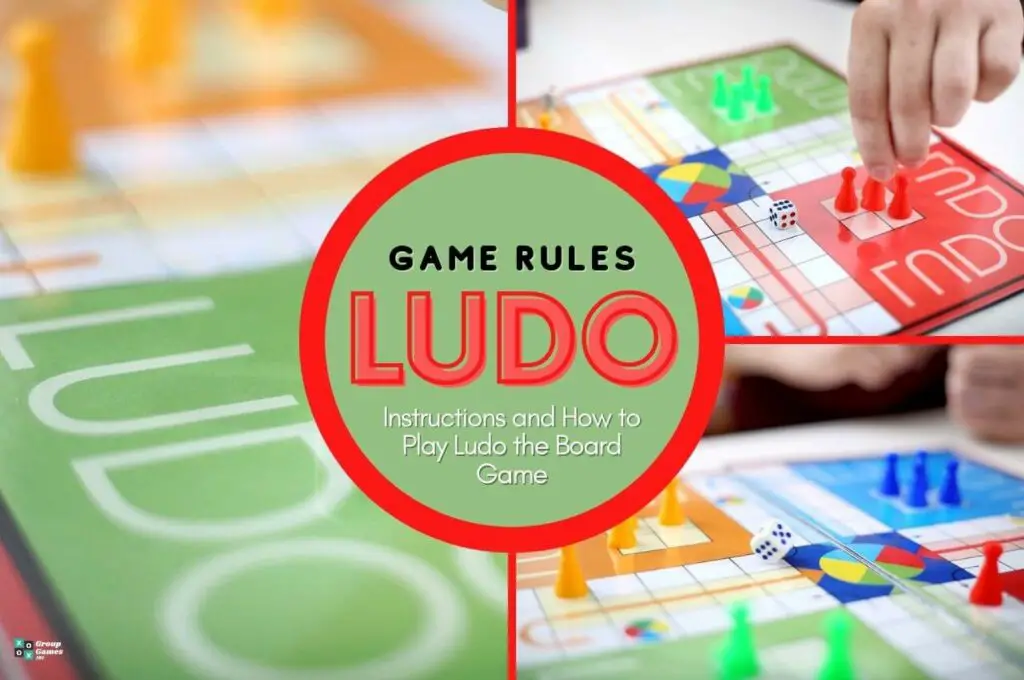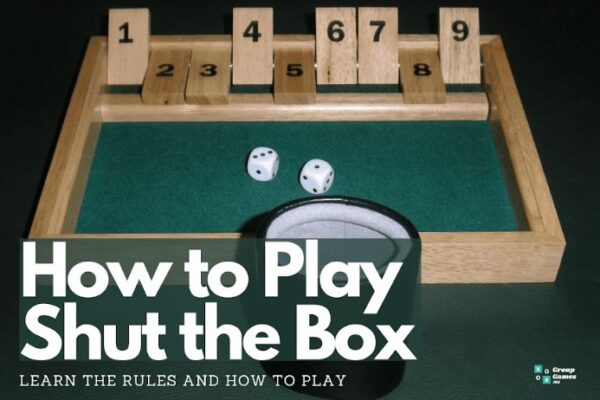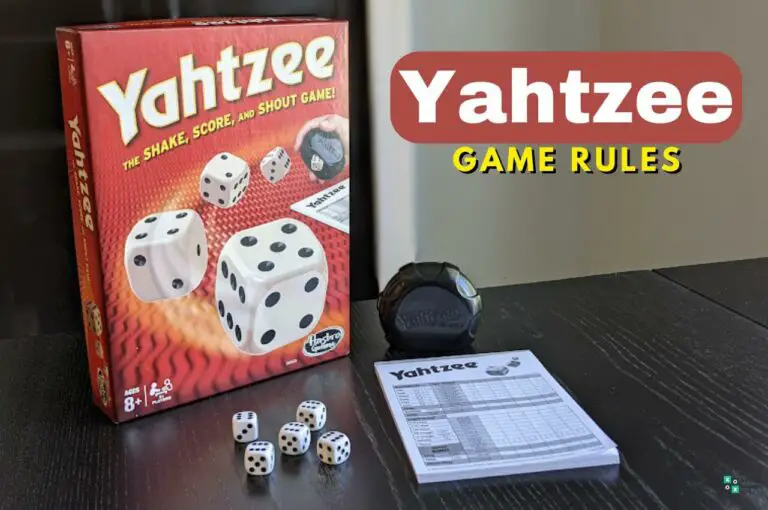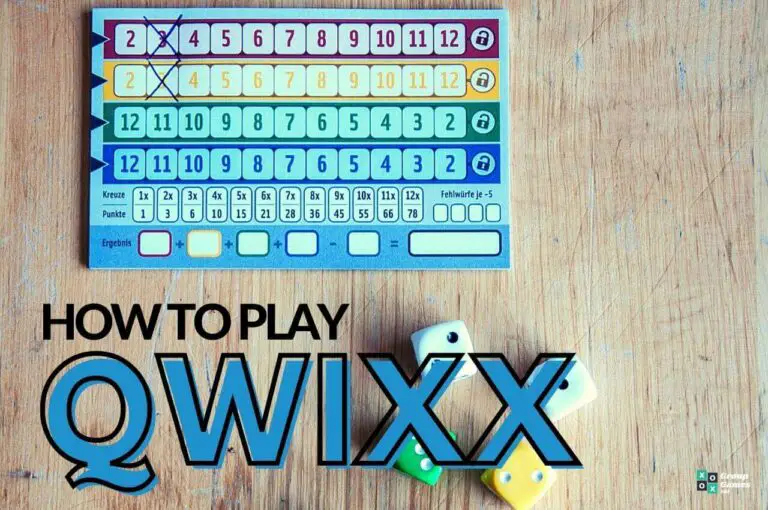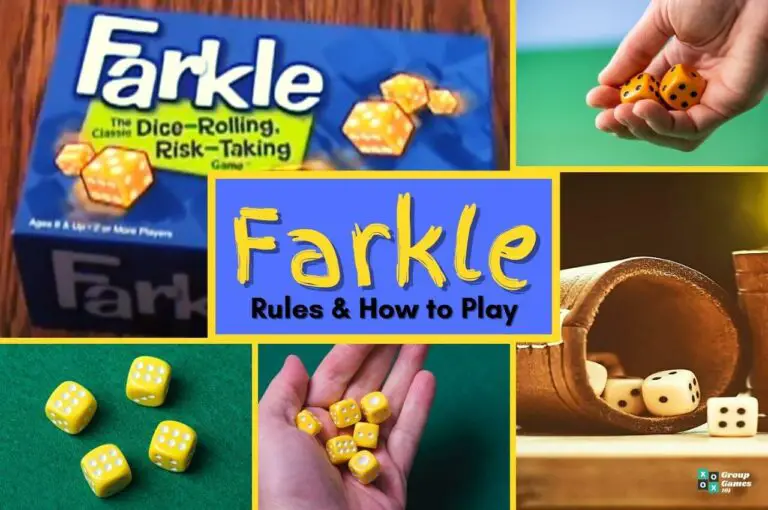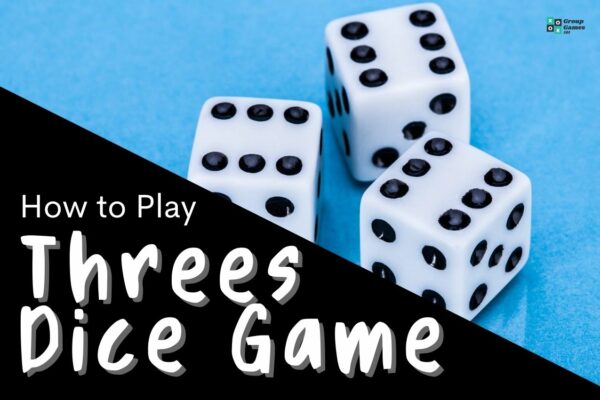Ludo had its genesis in the ancient Indian traditional game Pachisi. Over the years, different countries have evolved their own variations of Ludo game rules, as this dice board game is widely popular across the world.
The gameplay is pretty straightforward and easy to follow, even by children.
If you have played racing board games like Aggravation (check out our Aggravation rules guide) or Trouble, where you try to reach the home by aggravating other players, you will find Ludo quite similar – except for the structure of their game boards and pawns.
Ludo is such a fun, engaging game, bound to be enjoyed by every member of your family.
Curious to learn more about Ludo game instructions? Our step-by-step guide to Ludo will talk you through the objectives, game setup, and tips and tricks to mastering this game.
What is Ludo?
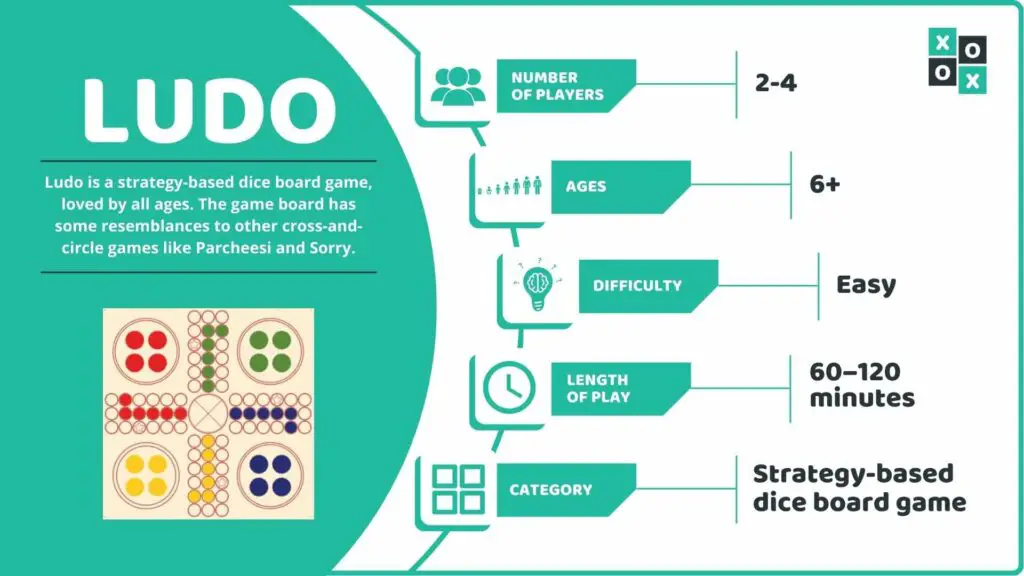
Ludo is a strategy-based dice board game, loved by all ages. The game board has some resemblances to other cross-and-circle games like Parcheesi (see Parcheesi rules) and Sorry.
The aim – The pawns start the journey from their respective home bases and ends in the home space at the center of the board.
But the road in between is twisted by continuous threats of being captured by the opponent pawns and strategic planning to attack any pawn that comes in your way.
If you manage to survive and reach the center with all four pawns first, you win Ludo!
Number of Players: 2 – 4
Ages: 6+
Length: Less than 120 minutes
Difficulty: Easy
Similar to: Parcheesi, Uckers, Aggravation, Trouble, Sorry!
Main Objective: Become the first player to safely race all your pawns through the track and land them on the home triangle.
Why We Love It: The gameplay is fast-paced and full of excitement. There is a luck factor in dice games that makes it even more thrilling. Chances are you could not even start your play until the half of the game or roll nonstop 6s and beat everyone else to the home space really quick.
Ludo Game Components
Don’t own a Ludo yet? You may want to go for this 2-in-1 Snake and Ladders and Ludo Game Set by Yellow Mountain Imports.
This kit comes with a beautiful wooden board and game pieces, just perfect for a board game enthusiast’s collection.
You will get the following items inside the box:
- Game board
- 16 game playing pieces of 4 different colors
- 2 wooden dice
- 2 die holders
Hundreds of Ludo apps are available in Google Playstore. If you care to try one, this Ludo Game app is pretty decent.
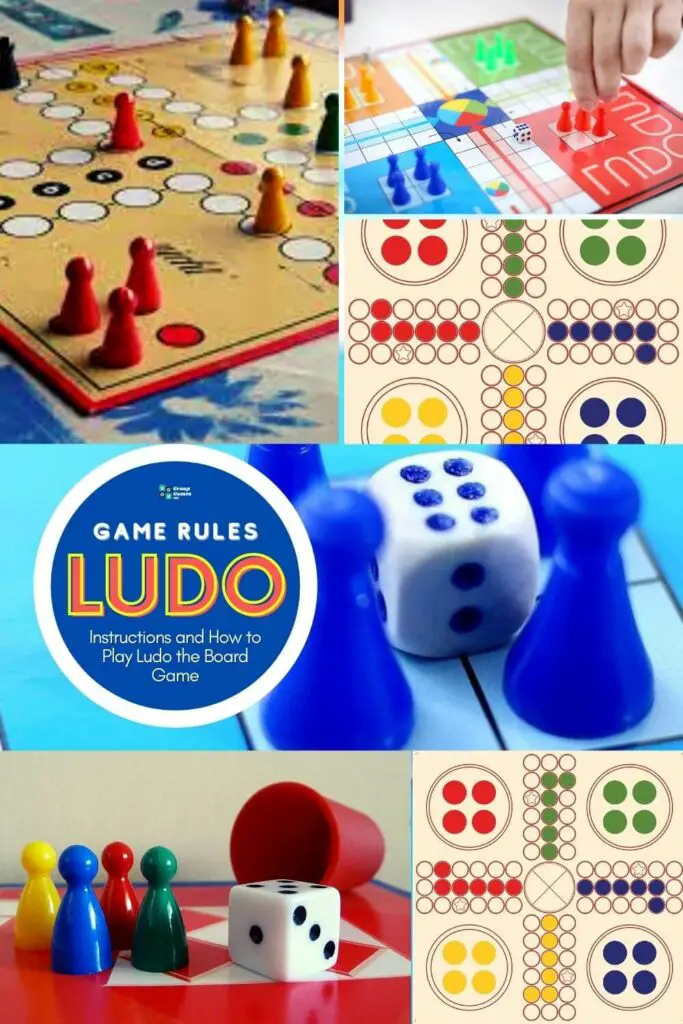
Game Setup
First, lay out the game board on a flat surface or a table.
Ask every player to choose a color for their game pieces and place the pieces inside the color-coordinated home bases.
Everyone rolls the die once. The highest roller takes the first turn. Turns then shift in a clockwise-order around the game board.
Ludo Board Game Rules and Gameplay
On Your Turn
The initial goal in Ludo game rules is to try to roll a six to move out one of your game pieces from the home base to the starting position.
If you fail to roll a six, your turn ends here.
Movement of the Game Piece
Once everyone has managed to bring out their pieces on the track, the game begins in full-fledged.
Pieces move clockwise around the path.
You can move your piece X no of spaces, X being the number you have rolled on your turn.
If you have multiple pieces out, strategically plan which one you want to proceed with, depending on the locations of other players’ pieces.
Try to move as fast as possible to reach your home column where your pieces are safe from being knocked out by the opponents.
Landing on a Shared Square
On your way to the home triangle, if your piece lands on a space already occupied by an opponent, that player has to retreat his/her piece back to the home base.
They have to start all over again to land that piece back in the game by rolling a six.
Alternatively, if your piece lands on one of your own pieces, that pair creates a block.
Opponent pieces cannot pass through a blocked position, but your own pieces can.
Rules for the 6’s
There are specific Ludo game rules for a rolled 6.
- You can opt to bring out a fresh piece into the game or move ahead with an existing piece on the path.
- You get an extra turn every time you roll a 6.
- For 3 subsequent 6s, the rolls are entirely negated, and your turn ends right there.
Winning the Game
Once your piece has reached the home column of its corresponding color, keep moving it towards the home triangle.
You can only land on the home triangle by an exact throw. If it’s your last piece and you have rolled a bigger number, you cannot take any action but pass the turn.
When your piece finally arrives at the triangle, it finishes its journey and cannot move any further.
The first player to land all four pieces on the triangle wins the game.
Other players still keep playing to decide the runner-ups.
How to Play Ludo – Video Tutorial
Frequently Asked Questions About Ludo
How to attack doubles in a Ludo game?
A blocked space in Ludo is called doubles. To attack an opponent’s double, you have to approach with double pieces only.
Is it possible to capture an opponent in Ludo at the starting position?
No. A starting position is a safe place, whether it’s adjacent to your home base or not.
Can we play Ludo solo or with 4+ players?
The real excitement in Ludo comes from attacking and knocking out opponents’ pieces. So there is really no point of playing solo.
You can’t include more than 4 players either as there are only 4 colors of pawns.
Alternative Games You Might Like
Want to check out the ancestor of the Ludo board game? Try this royal edition of the classic game Parcheesi.
If you are an avid card game fan, we suggest you try playing Sorry! – a game of the same flavor as Ludo.
You may as well go through our guide to Aggravation Rules, another gameplay almost exactly similar to Ludo.

